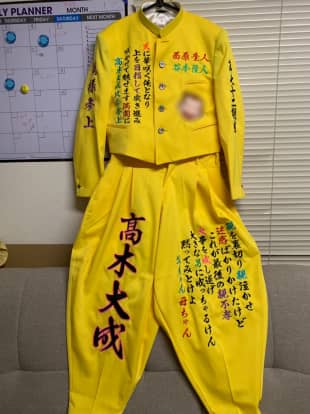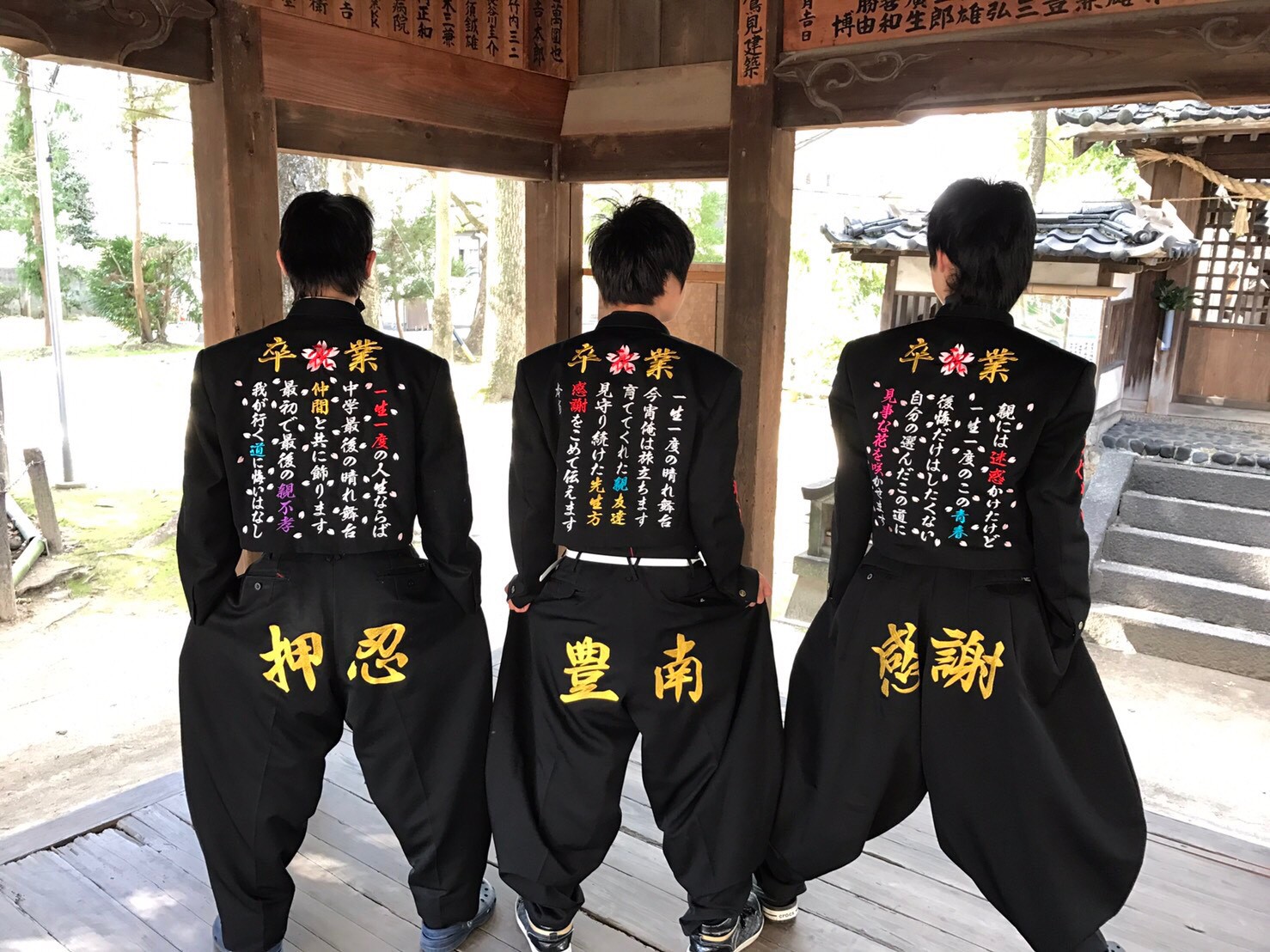Japan has its share of rebellious teenagers and one of the most popular ways for youth to demonstrate their edginess is for them to deck themselves out in provocative uniforms.
Over the years, the practice of junior high school students sporting modern-day incarnations of tokkōfuku combat uniforms — long considered a symbol of motorcycle gangs — in lieu of their standard school outfits on the day of their annual graduation ceremonies has become an increasingly familiar spectacle.



















With your current subscription plan you can comment on stories. However, before writing your first comment, please create a display name in the Profile section of your subscriber account page.